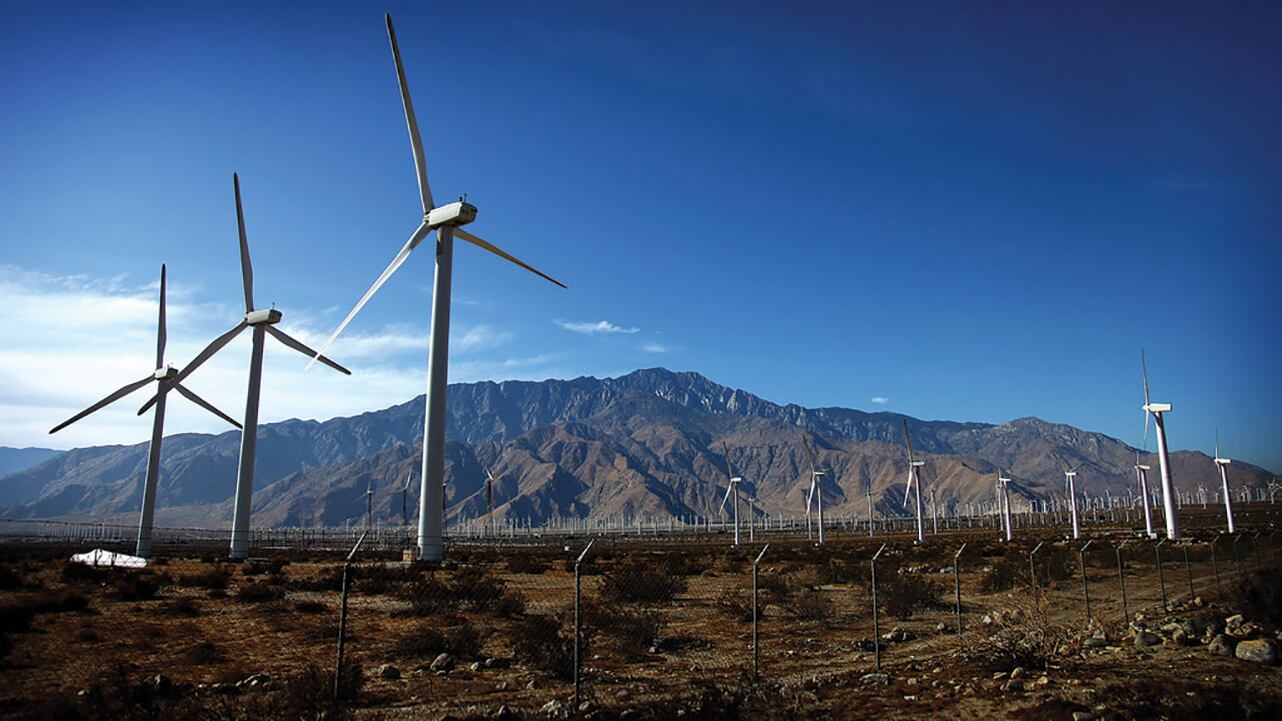On Nov. 6, Portland voters will decide on Measure 26-201, which would levy a new tax to pursue ambitious energy goals.
Portland's measure, called the Clean Energy Initiative, is an untested mechanism proponents claim would lower utility bills, make progress toward the city's carbon reduction goals and provide jobs for minority and low-income Portlanders.
It's funded by a 1 percent tax on the Portland sales of certain large retailers—a tax that could generate somewhere between $30 million and $80 million a year.
According to advocates for community-controlled electricity, Californians are already accomplishing those goals for free.
In San Diego, a city nearly as conservative as Portland is liberal, the city council is on the verge of a different approach, one that is currently in place elsewhere in California and in seven other states.
Those municipalities have chosen to establish "community choice aggregators," or CCAs.
In San Diego, a CCA would enable the city's 1.4 million residents to cease buying their electricity from the local utility, San Diego Gas & Electric. They would instead buy directly from the developers of commercial wind farms and solar arrays. City officials there expect residents will save money on their power bills—and invest some of those savings into the kind of community-directed programs the Portland Clean Energy Initiative proposes.
In short, California's CCAs provide the same benefits the Portland measure is promising—cheaper, greener energy with local control of job training and other economic programs—without the need for a tax, but while taking on local utilities.
Related: Don't utilities already do the things the Portland Clean Energy Initiative proposes to do?
"This puts so much more power in the hands of the communities," says Alan Hickenbottom, of nonprofit LEAN Energy Oregon, a local affiliate of a national organization that helps advise CCAs. He says he 2019 Oregon Legislature will consider a bill sponsored by the Community Renewable Energy Association of Oregon that would allow the formation of CCAs.
That would create conflict with Oregon's large investor-owned utilities, Portland General Electric and PacifiCorp, who oppose the formation of CCAs in Oregon.
Here's how the model works, and how it compares to what Portlanders are voting on this week.
What's a CCA? And where does it get its electricity?
A "community choice aggregator," or CCA, is a fancy term for an electricity buyers' co-op. It's made up of customers in a common geographic area and it is run much like a government agency. Cities can form CCAs; so can counties.
The big difference between CCAs and other public utilities is that, unlike public utilities, CCAs don't own power plants, poles or wires—or even do billing. They just buy electricity.
The key to the surge in CCAs over the past few years in California is the rise of merchant developers: companies that build large wind and solar plants, hoping to sell their power at a profit. Such companies have injected a new level of competition and choice into the utility industry.
"What customers have told utilities in California is, 'We don't want your energy because we can buy it cheaper and greener,'" says Hickenbottom.
When a given area—say, the city of San Diego—decides to form a CCA, customers are automatically included, unless they affirmatively choose to opt out.
Who carries the energy to customers?
The utility companies still operate and maintain the electrical transmission grid.
For example, if San Diego moves forward with its CCA, customers there would still get their electricity delivered through San Diego Gas & Electric poles and wires and still get a bill from the utility. What would be different is the original source of the generation. Now, the CCA would go into the market and purchase power from a wind or solar company.
One of the sticky issues is that CCA members must compensate utilities for "stranded costs," the investments and contractual commitments utilities made based on the presumption customers would stay with them.
What's the benefit?
CCAs offer consumers three primary benefits: the prospect of lower prices, greener energy and greater local control.
A city of San Diego study, for instance, finds buying directly from such developers could ultimately result in prices 11 percent cheaper than San Diego Gas & Electric and would achieve San Diego's goal of consuming 100 percent clean energy far faster than the old-line utility currently serving the city. (LEAN says savings in other states have been on the order of 5 to 10 percent.)
There are a couple of reasons CCAs can offer cheaper power: First, they typically buy from newer projects, which are more efficient and cheaper than older electrical generation. Second, investor-owned utilities' prices reflect the need to earn a profit, while CCAs are nonprofit.
How does the CCA model compare to Portland's Clean Energy Initiative?
The Clean Energy Initiative plans to invest the biggest proportion of the money raised from the tax on large companies on projects such as rooftop solar, green building design and insulation. The chief petitioners describe a "vision of a future where clean energy powers our homes and everyone has access to a healthy home and a good job." Who would qualify, how much benefit they would receive and other key details are unspecified.
CCAs are typically run by boards of local elected officials. That local control means the CCA can establish differential pricing for low-income ratepayers, create energy efficiency programs or establish job-training or other economic development programs. California CCAs have done exactly that.
In other words, the organizations can use rate-setting to pay for the kinds of projects the Portland Clean Energy Initiative envisions.
How do Oregon utilities feel about CCAs?
They hate them.
The CCA model is a direct threat to investor-owned utilities, such as PacifiCorp and PGE. The utilities have large investments in electrical generating plants and other equipment and, as regulated monopolies, are allowed by state law to earn a handsome rate of return—in the 8 to 9 percent range—on those generating plants.
They say the model doesn't make sense for Oregon.
"It doesn't really fix the problems they are trying to solve," says Scott Bolton, a spokesman for PacifiCorp. He notes that California's electricity market deregulated long ago, while Oregon stuck with a heavily regulated model in which the big utilities generate the power and operate the transmission grid.
PGE spokesman Steve Corson says CCAs might make more sense in high-priced electricity states—but he notes that Oregon's prices remain among the nation's lowest. He also points out that state and local carbon-reduction policies require enormous investment and long-term planning, which would be complicated by the formation of CCAs.
In California, the transition is now happening so fast that state regulators are raising red flags. They fear the rapid unbundling of traditional utility services could lead to chaos and undercut system reliability.
Bob Jenks, executive director of the Citizens Utility Board of Oregon, says lawmakers should heed such concerns. "Getting more renewable generation faster is a great goal," Jenks says. "But is changing the business model the best way to get there?"
Even getting to baby steps in Oregon will require overcoming the objections of the big utilities—a savvy, well-oiled lobbying colossus in Salem.
Hickenbottom says a revolution in Oregon's utility market is inevitable.
"This feels like the moment mainframe computer companies were confronted with PCs," Hickenbottom says. "This is not an anti-utility effort. It's a pro-community effort."

